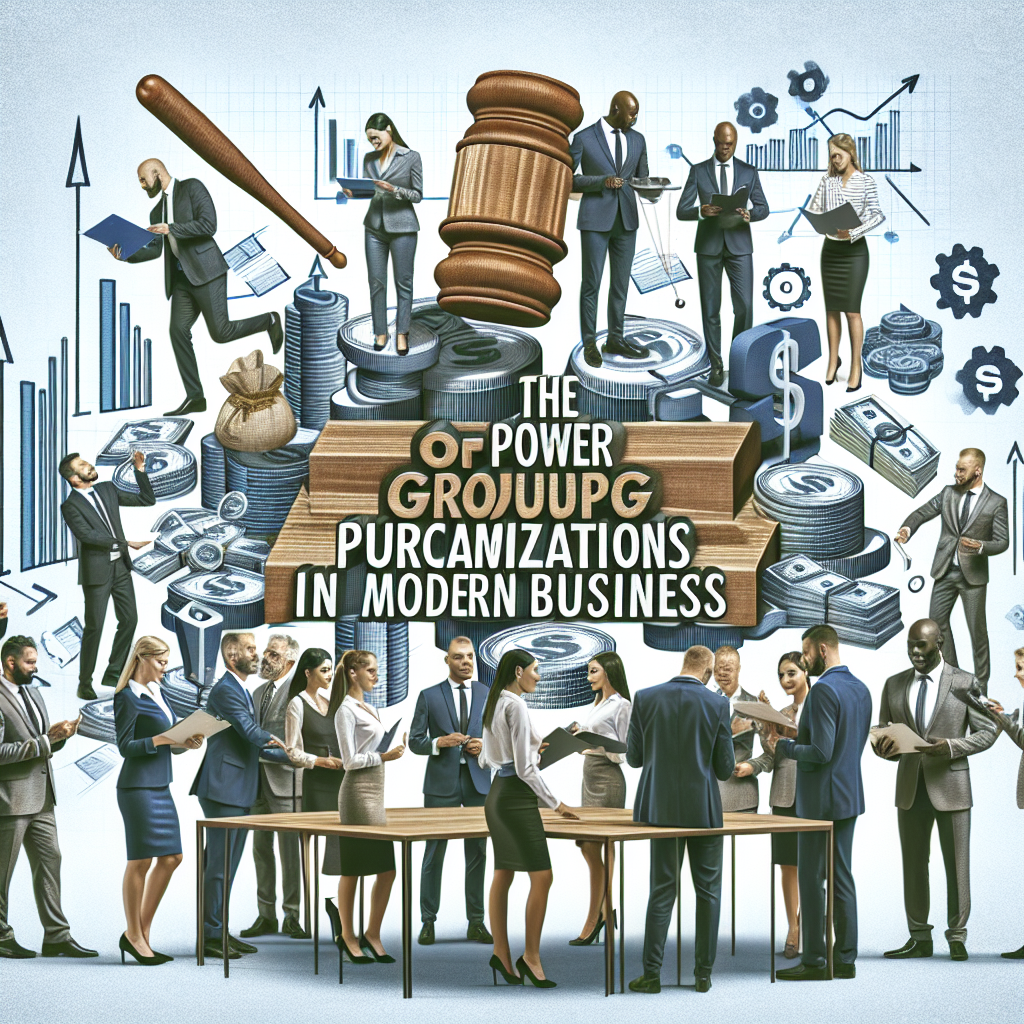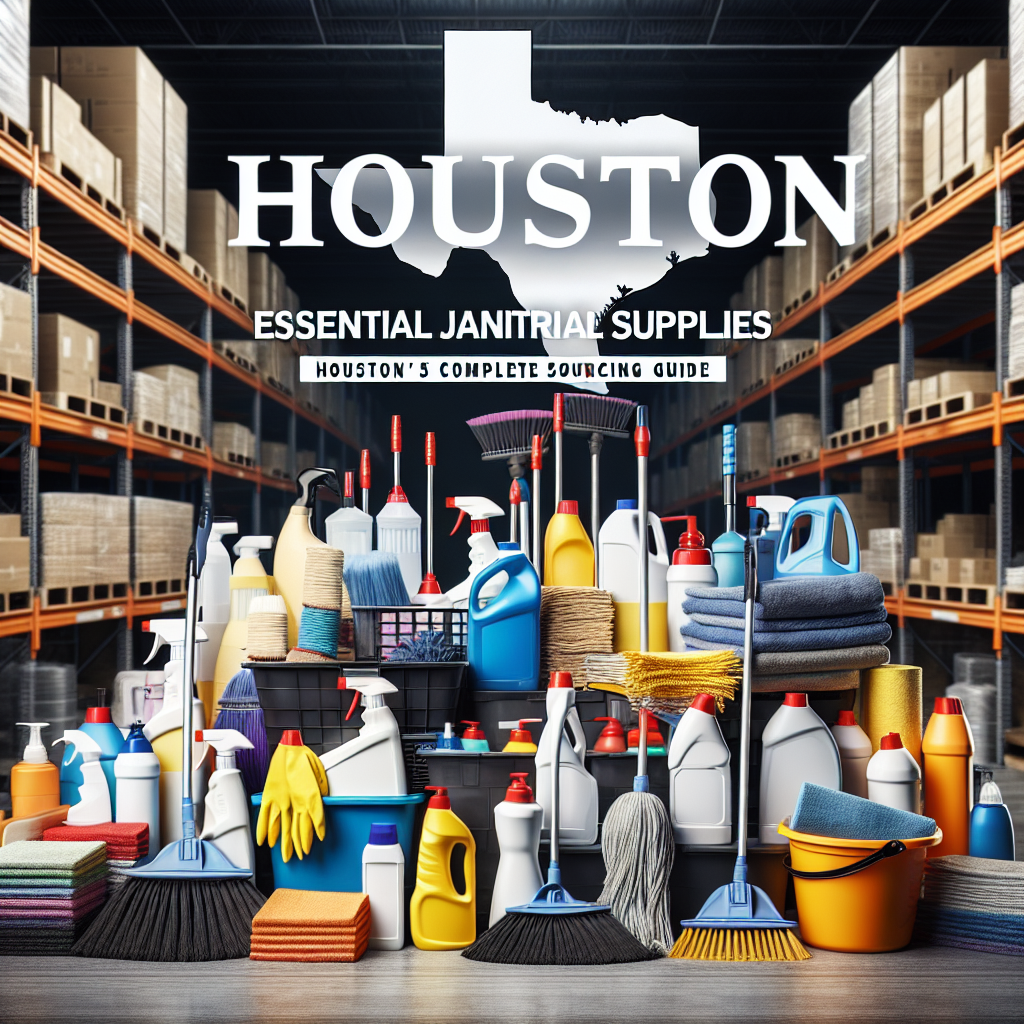Multinational procurement presents a unique set of challenges that are not typically encountered in domestic procurement. One of the main challenges is the complexity of dealing with multiple currencies, languages, and legal systems. This can make it difficult to negotiate contracts, manage supplier relationships, and ensure compliance with local regulations. Additionally, cultural differences and varying business practices can impact the procurement process, leading to misunderstandings and miscommunications. Another challenge is the need to manage supply chain risks across different countries, including political instability, natural disasters, and economic fluctuations. These challenges require a deep understanding of global markets and a strategic approach to procurement that takes into account the unique complexities of operating on an international scale.
In addition to these challenges, multinational procurement also requires a high level of coordination and collaboration across different departments and locations within an organization. This can be particularly challenging when dealing with time zone differences, language barriers, and cultural nuances. Furthermore, the need to align procurement strategies with overall business objectives and global market trends adds another layer of complexity to the process. Overall, understanding the challenges of multinational procurement is essential for developing effective strategies that can mitigate risks and maximize opportunities in the global marketplace.
Developing a Global Procurement Strategy
Developing a global procurement strategy is essential for organizations looking to expand their operations internationally. This involves aligning procurement processes with overall business objectives, as well as identifying opportunities for cost savings, risk mitigation, and supplier diversification on a global scale. One key aspect of developing a global procurement strategy is conducting thorough market research to understand the dynamics of different regions, including supplier capabilities, market trends, and regulatory requirements. This can help organizations identify potential risks and opportunities in different markets, as well as develop sourcing strategies that are tailored to specific regions.
Another important aspect of developing a global procurement strategy is establishing clear communication channels and collaboration frameworks across different locations and departments within an organization. This can help ensure that procurement processes are aligned with business objectives and that all stakeholders are working towards common goals. Additionally, organizations need to develop robust supplier management processes that take into account the unique challenges of working with international suppliers, including language barriers, cultural differences, and varying business practices. By developing a global procurement strategy that addresses these key areas, organizations can position themselves for success in the global marketplace and effectively manage the complexities of multinational procurement.
Navigating Cultural Differences in Procurement
Navigating cultural differences is a critical aspect of multinational procurement, as it can impact every stage of the procurement process, from supplier negotiations to contract management. Cultural differences can manifest in various ways, including communication styles, decision-making processes, and business etiquette. For example, in some cultures, direct communication is valued, while in others, indirect communication is preferred. Understanding these nuances is essential for building strong relationships with international suppliers and ensuring effective collaboration across different cultures.
One way to navigate cultural differences in procurement is to invest in cross-cultural training for procurement teams. This can help team members develop an awareness of cultural nuances and learn how to adapt their communication and negotiation styles to different cultural contexts. Additionally, organizations can leverage the expertise of local procurement professionals or consultants who have a deep understanding of the cultural dynamics in specific regions. This can help bridge cultural gaps and facilitate smoother interactions with international suppliers.
Another important aspect of navigating cultural differences in procurement is being open-minded and adaptable when working with international suppliers. This involves being respectful of different cultural norms and being willing to compromise and find common ground in negotiations. By navigating cultural differences effectively, organizations can build stronger relationships with international suppliers and create a more collaborative and inclusive procurement process.
Building Relationships with International Suppliers
Building strong relationships with international suppliers is essential for successful multinational procurement. This involves establishing trust, open communication, and mutual respect between the organization and its suppliers. One key aspect of building relationships with international suppliers is conducting thorough due diligence to ensure that suppliers are reliable, ethical, and capable of meeting the organization’s needs. This can involve site visits, audits, and reference checks to verify the supplier’s capabilities and track record.
Another important aspect of building relationships with international suppliers is establishing clear expectations and performance metrics to measure supplier performance. This can help ensure that suppliers are meeting quality standards, delivery schedules, and cost targets. Additionally, organizations can leverage technology to streamline communication and collaboration with international suppliers, such as using supplier portals or electronic data interchange (EDI) systems to exchange information and manage transactions more efficiently.
Furthermore, building relationships with international suppliers involves fostering a collaborative and transparent partnership that goes beyond transactional interactions. This can involve sharing best practices, providing feedback on performance, and exploring opportunities for joint innovation and continuous improvement. By building strong relationships with international suppliers, organizations can create a more resilient and agile supply chain that is better equipped to navigate the complexities of multinational procurement.
Implementing Technology for Efficient Multinational Procurement
Implementing technology is essential for efficient multinational procurement, as it can help streamline processes, improve visibility, and enhance collaboration across different locations and departments within an organization. One key aspect of implementing technology for multinational procurement is leveraging e-procurement systems that automate sourcing, purchasing, and supplier management processes. This can help standardize procurement practices across different regions, as well as provide real-time visibility into spend data and supplier performance.
Another important aspect of implementing technology for multinational procurement is leveraging data analytics and business intelligence tools to gain insights into global market trends, supplier capabilities, and supply chain risks. This can help organizations make informed decisions about sourcing strategies, supplier selection, and risk mitigation strategies. Additionally, organizations can leverage cloud-based platforms to centralize procurement data and facilitate collaboration across different locations through shared access to information and documents.
Furthermore, implementing technology for multinational procurement involves integrating systems and processes to enable seamless communication and data exchange between different locations and departments within an organization. This can involve integrating e-procurement systems with enterprise resource planning (ERP) systems, supply chain management (SCM) systems, and other relevant platforms to ensure data consistency and accuracy across the organization. By implementing technology for efficient multinational procurement, organizations can improve agility, reduce costs, and enhance visibility into their global supply chain operations.
Overcoming Language Barriers in Global Procurement
Overcoming language barriers is a critical aspect of global procurement, as effective communication is essential for building strong relationships with international suppliers and ensuring smooth collaboration across different cultures. One key aspect of overcoming language barriers in global procurement is investing in language training for procurement teams who work with international suppliers. This can help team members develop basic language skills or leverage translation tools to facilitate communication with non-English speaking suppliers.
Another important aspect of overcoming language barriers in global procurement is leveraging technology to facilitate multilingual communication. This can involve using translation software or multilingual communication platforms to bridge language gaps and ensure that all stakeholders can effectively communicate and collaborate regardless of their language proficiency. Additionally, organizations can leverage local language expertise by hiring bilingual or multilingual professionals who can serve as interpreters or translators during negotiations or other critical interactions with international suppliers.
Furthermore, overcoming language barriers in global procurement involves being mindful of cultural nuances in language use and adapting communication styles to different cultural contexts. This can involve using simple language, avoiding idiomatic expressions or slang, and being patient when communicating with non-native English speakers. By overcoming language barriers effectively, organizations can improve communication with international suppliers and create a more inclusive and collaborative global procurement process.
Ensuring Compliance and Ethical Sourcing in Multinational Procurement
Ensuring compliance and ethical sourcing is a critical aspect of multinational procurement, as it helps organizations mitigate risks related to legal regulations, social responsibility, and environmental sustainability. One key aspect of ensuring compliance in multinational procurement is conducting thorough due diligence on international suppliers to ensure that they adhere to relevant laws and regulations in their respective countries. This can involve verifying certifications, licenses, and other compliance-related documentation to ensure that suppliers meet legal requirements.
Another important aspect of ensuring compliance in multinational procurement is establishing clear policies and procedures that outline ethical sourcing practices and social responsibility standards that suppliers are expected to adhere to. This can include requirements related to labor practices, environmental sustainability, anti-corruption measures, and human rights protections. Additionally, organizations can leverage third-party audits or certifications to verify that suppliers are meeting these standards and address any non-compliance issues proactively.
Furthermore, ensuring compliance in multinational procurement involves fostering a culture of transparency and accountability within the organization by providing training on compliance requirements and ethical sourcing practices for procurement teams. This can help ensure that all stakeholders are aware of their responsibilities related to compliance and ethical sourcing standards. By ensuring compliance and ethical sourcing in multinational procurement, organizations can mitigate risks related to legal violations, reputational damage, and supply chain disruptions while promoting sustainable business practices on a global scale.
In conclusion, multinational procurement presents a unique set of challenges that require a strategic approach to navigate effectively. By understanding the complexities of operating on an international scale, developing a global procurement strategy that aligns with business objectives, navigating cultural differences effectively, building strong relationships with international suppliers, implementing technology for efficient multinational procurement, overcoming language barriers in global procurement, and ensuring compliance and ethical sourcing in multinational procurement organizations can position themselves for success in the global marketplace while mitigating risks related to legal regulations social responsibility environmental sustainability reputational damage supply chain disruptions while promoting sustainable business practices on a global scale.





